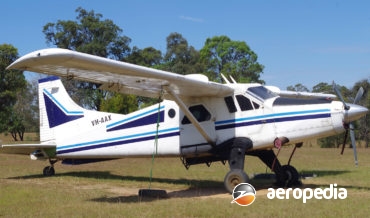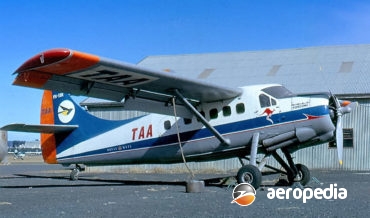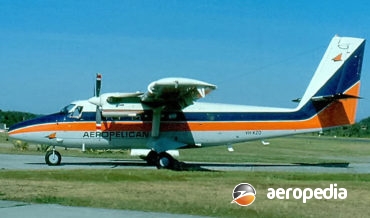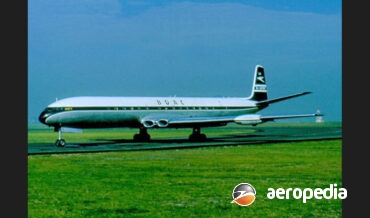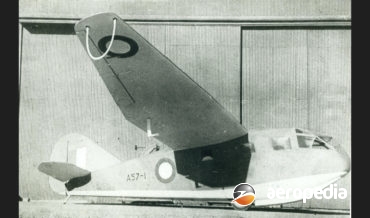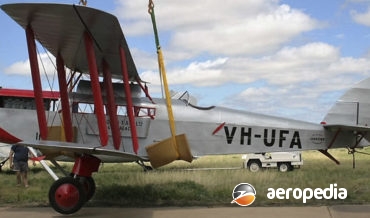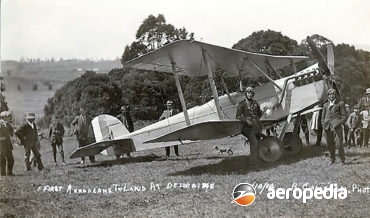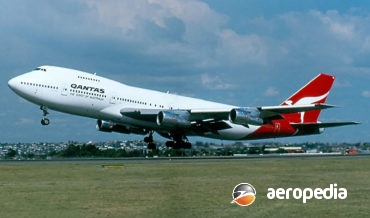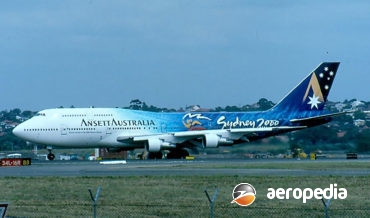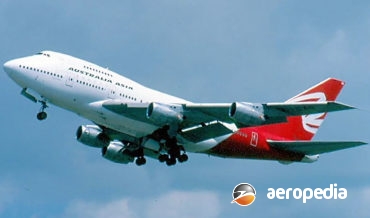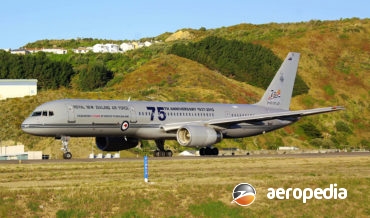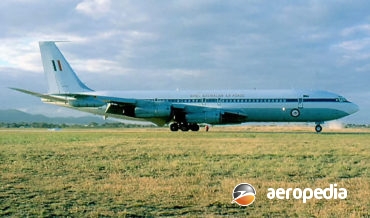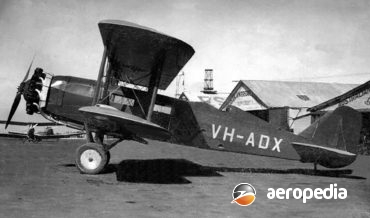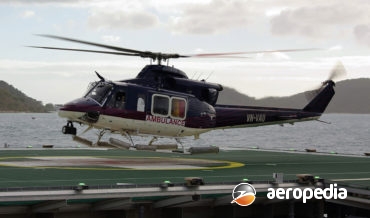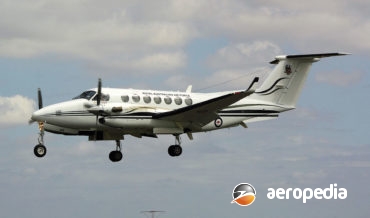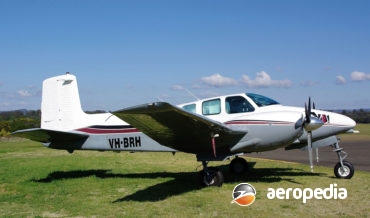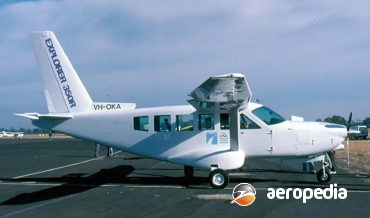All Contents
Contents
The Mk III Turbo Beaver was a logical step from the piston engined Beaver to provide a more modern power plant and greater capacity.
David C. Eyre
- May 8, 2019
Like its predecessor, the DHC-2 Beaver, the Otter was developed in Canada to operate in undeveloped areas such as those in northern Canada.
David C. Eyre
- May 8, 2019
The decision to proceed with the design and development of the Caribou twin-engine transport was taken in 1956 after nearly two years of study.
David C. Eyre
- May 8, 2019
Following the success of the earlier Twin Otters Series 100 and 200 de Havilland Canada moved to the Series 300, production of this ;
David C. Eyre
- May 8, 2019
Design of the Comet commenced in 1946, at that time it being a 44 passenger aircraft with a range of 3,540 km (2,200 miles) powered by four 5,000 lbst de Havilland Ghost 50 turbojet engines.
David C. Eyre
- May 8, 2019
In March 1942 the Department of Air published a requirement for 126 troop transport gliders for the RAAF, and a specification was issued for a seven-seat prototype of the glider for development and testing.
David C. Eyre
- May 8, 2019
The DH.50 was designed as a successor to the DH.4 and DH.9 to meet the requirement of operators after World War I for a cost effective passenger carrying aircraft providing reliability and range.
David C. Eyre
- May 8, 2019
A development of the Britten Norman Islander, the prototype of the BN-2T was flown for the first time on 2 August 1980, and production followed slowly over the following years.
David C. Eyre
- May 8, 2019
Designed in 1966 by one of Britain’s smallest aircraft manufacturing companies, the Islander became the best-selling British multi-engine commercial aircraft.
David C. Eyre
- May 8, 2019
Following the cessation of hostilities in World War I, Boulton & Paul Ltd, Riverside Works, Norwich designed a small two-seat wood and fabric biplane known as the P.6, this machine using some parts from the Sopwith Camel in its fuselage, this aircraft being able to be fitted with alternative sets
David C. Eyre
- May 8, 2019
Developed from the Boeing 707 series, the Boeing Model 747 was the first of the ‘wide body’ aircraft in the Boeing range of airliners.
David C. Eyre
- May 8, 2019
By the mid 1980s Boeing was looking to increase the life of the 747 series, and had placed in limited production the 747SP (Special performance) model and developed the 747-300 with an extended upper deck to permit the carriage of more passengers.
David C. Eyre
- May 8, 2019
To increase range, performance and carrying capacity, Boeing moved on to the 747-400 in the late 1980s.
David C. Eyre
- May 8, 2019
The Boeing 747SP, or Special Performance, version of the 747 series, was designed primarily to meet the requirements of airlines which had long-range routes where traffic density was insufficient to require the passenger capacity of the larger Boeing 747 series in standard form.
David C. Eyre
- May 8, 2019
The 757 was designed as a short to medium haul airliner with a flight crew of two and seating from 178 (16 first class and 162 tourist class) to a maximum of 224 or 239 all-tourist class.
David C. Eyre
- May 8, 2019
In 1952 the Boeing Aircraft Company indicated it proposed to build the prototype of a jet-powered airliner.
David C. Eyre
- May 8, 2019
Following some years of service with the 707-138 series Qantas looked to a larger and more powerful aircraft due to the increased traffic loads.
David C. Eyre
- May 8, 2019
One of the best selling jet airliners of all time, the Boeing 727 series had sold 1,832 examples when production ceased in 1984.
David C. Eyre
- May 8, 2019
The Boeing Model 40 series of light commercial biplanes was one of the first successful transport aircraft produced by the Boeing Airplane Co.
David C. Eyre
- May 8, 2019
The prototype of the Model 412 series was flown for the first time in August 1979, being an updated and refined development of the Model 212, having a new-design four-blade rotor in lieu of the two-blade unit, a shorter rotor mast assembly, and a more powerful engine and transmission system
David C. Eyre
- May 8, 2019
The King Air 300 was a development of the 200 series of corporate aircraft but only 219 examples had been built when production ceased in 1991 in favour of the 300LW.
David C. Eyre
- May 8, 2019
The Twin Bonanza was the first twin-engine, light commercial aircraft of post-war design to be produced in the United States.
David C. Eyre
- May 8, 2019
The Explorer 500T and 750T are developments of the AEAR Explorer 350 which was designed and built in Western Australia by Aeronautical Engineers Australia Research Pty Ltd and which when first completed and registered became VH-OKA (c/n 350-001) on 15 December 1997.
David C. Eyre
- May 8, 2019
The Explorer was an Australian entry into the light utility transport market, the prototype Explorer 350R being designed by Australian Aeronautical Engineers (AEA) Pty Ltd at Jandakot, WA.
David C. Eyre
- May 8, 2019
Recent Comments
Archives
Categories
- No categories
Categories
- No categories
Latest Posts
Newsletter

